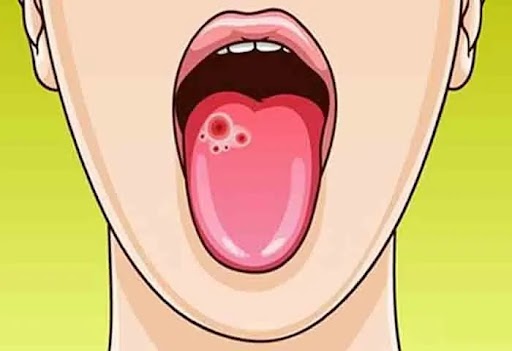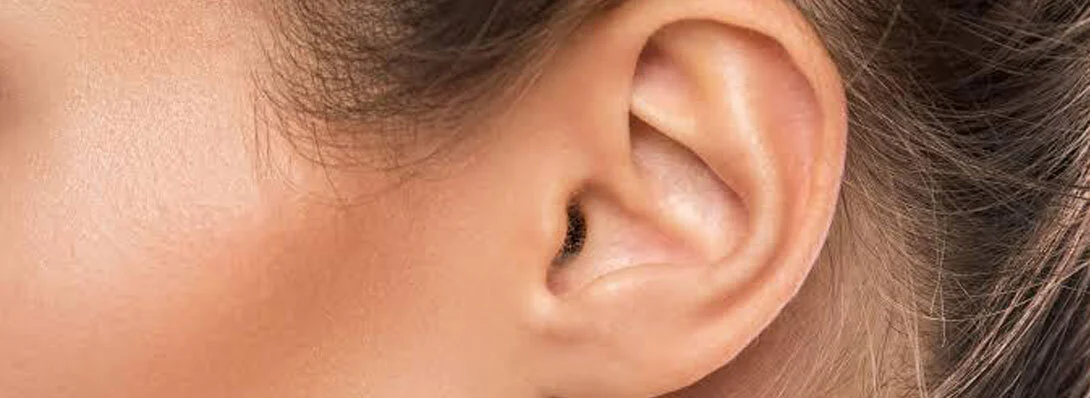Oral Cancer Overview
Oral cancer refers to any cancer of the mouth. The presence of any malignant neoplasm on the lip, floor of the mouth, cheek lining, gingiva, palate or in the anterior two thirds of the tongue can indicate oral cancer. It is one of the top three types of cancers, and its incidence is propelled by alcohol consumption, use of tobacco in the form of cigarettes, smokeless tobacco, chewable tobacco, chewable betel nuts, paan and sexual transmission via the human papilloma virus (HPV) infection.
It is a major problem in the Indian subcontinent, with incidence rates of about 20 per 100,000 population. Besides, it amounts to 30% of the national cancer burden. Its occurrence is accelerated by the indiscriminate use of tobacco, betel nuts, and alcohol in the region. The Onco.com team is pleased to share a 10-pointer checklist to prevent oral cancer effectively.
Before understanding the prevention of oral cancer, let’s understand some of the key risk factors for oral cancer.
Risk Factors for Oral Cancer
Tobacco and alcohol use
Tobacco use remains one of the most potent risk factors for head and neck cancers, including oral cavity and oropharyngeal cancer. The risk for these cancers is much higher in people who smoke than in people who don’t. Most people with these cancers have a history of smoking or other tobacco exposure, like chewing tobacco. Oral tobacco products (snuff, dip, spit, chew, or dissolvable tobacco) are linked with cancers of the cheek, gums, and inner surface of the lips. Using oral tobacco products for a long time is linked to a very high risk. These products also cause gum disease, destruction of the bone sockets around teeth, and tooth loss.
Smoking and drinking alcohol together multiplies the risk of these cancers. The risk of these cancers in people who drink and smoke heavily is about 30 times higher than the risk in people who don’t smoke or drink.
Human papillomavirus (HPV) infection
Human papillomavirus (HPV) is a group of more than 150 types of viruses. They’re called papillomaviruses because some of them cause a type of growth commonly called a papilloma or wart
HPV type 16 (HPV16) is the type most often linked to cancer of the oropharynx, especially those in the tonsils and base of tongue. HPV DNA (a sign of HPV infection) is found in about 2 out of 3 oropharyngeal cancers and in a much smaller portion of oral cavity cancers.
Gender
Oral cavity and oropharyngeal cancers are twice as common in men than in women. This might be because men have been more likely to use tobacco and alcohol in the past. HPV-related oropharyngeal cancers are also seen more often in men.
Excess body weight
Having too much body weight appears to increase the risk of cancers of the oropharynx and larynx. Eating more plant-based foods, such as non-starchy vegetables and whole fruit, might help people lose weight as well as reduce their risk of oropharyngeal and laryngeal cancer from poor nutrition.
Genetic syndromes
People with syndromes caused by inherited defects (mutations) in certain genes have a very high risk of mouth and middle throat cancer.
- Fanconi anaemia: People with this syndrome often have blood problems at an early age, which may lead to leukaemia or myelodysplastic syndrome. They also have a very high risk of cancers of the mouth and throat.
- Dyskeratosis congenita: This is a genetic syndrome that can cause aplastic anaemia, skin rashes, and abnormal fingernails and toenails. People with this syndrome also have a very high risk of developing head and neck cancers, especially of the mouth and throat, at a young age.
Proven Oral Cancer Prevention Measures
Not all cases of oral cavity (mouth) and oropharyngeal (middle throat) cancer can be prevented, but the risk of developing these cancers can be greatly reduced if you take steps to avoid certain risk factors
#1- Avoid tobacco and alcohol
Use of tobacco and alcohol are among the most important risk factors for these cancers. Not starting to smoke or use oral tobacco products is the best way to limit the risk of getting these cancers. Quitting tobacco also greatly lowers your risk of developing these cancers, even after many years of use. Heavy alcohol use is a risk factor on its own. It also greatly increases the cancer-causing effect of tobacco. So it’s especially important to avoid smoking and alcohol as well as the combination of alcohol and smoking.
#2 – Avoid HPV infection/Get the HPV vaccine
The risk of human papillomavirus (HPV) infection of the mouth and middle throat is increased in those who have oral sex and multiple sex partners. These infections are also more common in people who smoke, which may be because the smoke damages their immune system or the cells that line the mouth and throat.
Vaccines that reduce the risk of infection with certain types of HPV are available. These vaccines were originally meant to lower the risk of cervical cancer, but they have been shown to lower the risk of other cancers linked to HPV, such as cancers of the penis, anus, vulva, vagina, and mouth and throat
#3 – Limit exposure to ultraviolet (UV) light
Ultraviolet radiation is an important and avoidable risk factor for cancer of the lips, as well as for skin cancer. If possible, limit the time you spend outdoors during the middle of the day, when the sun’s UV rays are strongest. If you are out in the sun, wear a wide-brimmed hat and use sunscreen and lip balm with a sun protection factor (SPF) of at least 30.
#4 – Maintain a healthy weight and eating pattern
Poor nutrition and excess body weight have been linked to oral cavity and oropharyngeal cancers. Following a healthy eating pattern with more plant-based foods, such as non-starchy vegetables and whole fruit may help lower your risk of these cancers (and many others).
The American Cancer Society recommends following a healthy eating pattern that includes plenty of fruits, vegetables, and whole grains, and that limits or avoids red and processed meats, sugary drinks, and highly processed foods. In general, eating a healthy diet is much better than adding vitamin supplements to an otherwise unhealthy diet.
#5 – Get regular dental check-ups
Areas of leukoplakia or erythroplakia (pre-cancer growths) in the mouth sometimes turn into cancer. Doctors often remove these areas, especially if a biopsy shows they contain areas of dysplasia (abnormal growth) when looked at closely in the lab.
But removing areas of leukoplakia or erythroplakia doesn’t always keep someone from getting oral cavity cancer. Studies have found that even when these areas are completely removed, people with certain types of erythroplakia and leukoplakia still have a higher chance of developing cancer in some other area of their mouth. This may be because the whole lining of the mouth has probably been exposed to the same cancer-causing agents that led to these pre-cancers (like tobacco). This means that the entire area may already have early changes that can lead to cancer.
It’s important for people who have had these areas removed to continue having check-ups to look for cancer and new areas of leukoplakia or erythroplakia.
#6 – Maintain good oral hygiene
Make it a point to brush and floss your teeth regularly. An unhealthy mouth is a breeding ground for germs and infections. Human Papillomavirus (HPV) infection is one of leading causes for occurrence of oral cancers. An unclean oral cavity also severely affects your immune system, and inhibits your body’s ability to fight off potential cancers.
#7 – Exercise regularly
An active lifestyle helps to boost the immune system, and reduces your cancer risk. This includes walking, jogging, cycling, swimming, strength training or weight training.
#8 – Choose foods that prevent cancer
Eat a lot of beans, berries, leafy and fibrous vegetables (such as cabbage and broccoli), flax seeds, garlic, grapes, green tea, soy and tomatoes for their antioxidant properties and heightened roles in preventing cancer. Avoid fried or grilled food preparations
#9 – Perform a self-examination at least once every month
Just like breast self-exams, oral self-exams are a great way to spot and eliminate threats early-on. Check the back and sides of your tongue thoroughly. If you see (or feel) anything suspicious, such as lumps, bumps, tender areas or colored (red/white/grey) patches, schedule an appointment with your dentist to get it checked immediately.
Wrapping Up
Preventing oral cancer involves a holistic approach, addressing lifestyle, hygiene, and regular monitoring. By adopting these proven measures, individuals can significantly reduce their risk of developing oral cancer.





.png)





